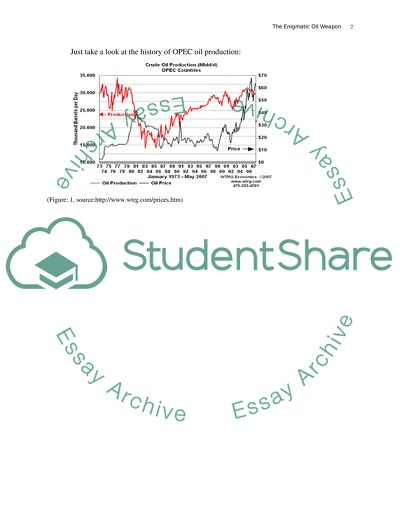Cite this document
(“The Impact of Oil Prices on Economies of OPEC Countries Essay”, n.d.)
The Impact of Oil Prices on Economies of OPEC Countries Essay. Retrieved from https://studentshare.org/macro-microeconomics/1546124-the-impact-of-oil-prices-on-economies-of-opec-countries
The Impact of Oil Prices on Economies of OPEC Countries Essay. Retrieved from https://studentshare.org/macro-microeconomics/1546124-the-impact-of-oil-prices-on-economies-of-opec-countries
(The Impact of Oil Prices on Economies of OPEC Countries Essay)
The Impact of Oil Prices on Economies of OPEC Countries Essay. https://studentshare.org/macro-microeconomics/1546124-the-impact-of-oil-prices-on-economies-of-opec-countries.
The Impact of Oil Prices on Economies of OPEC Countries Essay. https://studentshare.org/macro-microeconomics/1546124-the-impact-of-oil-prices-on-economies-of-opec-countries.
“The Impact of Oil Prices on Economies of OPEC Countries Essay”, n.d. https://studentshare.org/macro-microeconomics/1546124-the-impact-of-oil-prices-on-economies-of-opec-countries.


